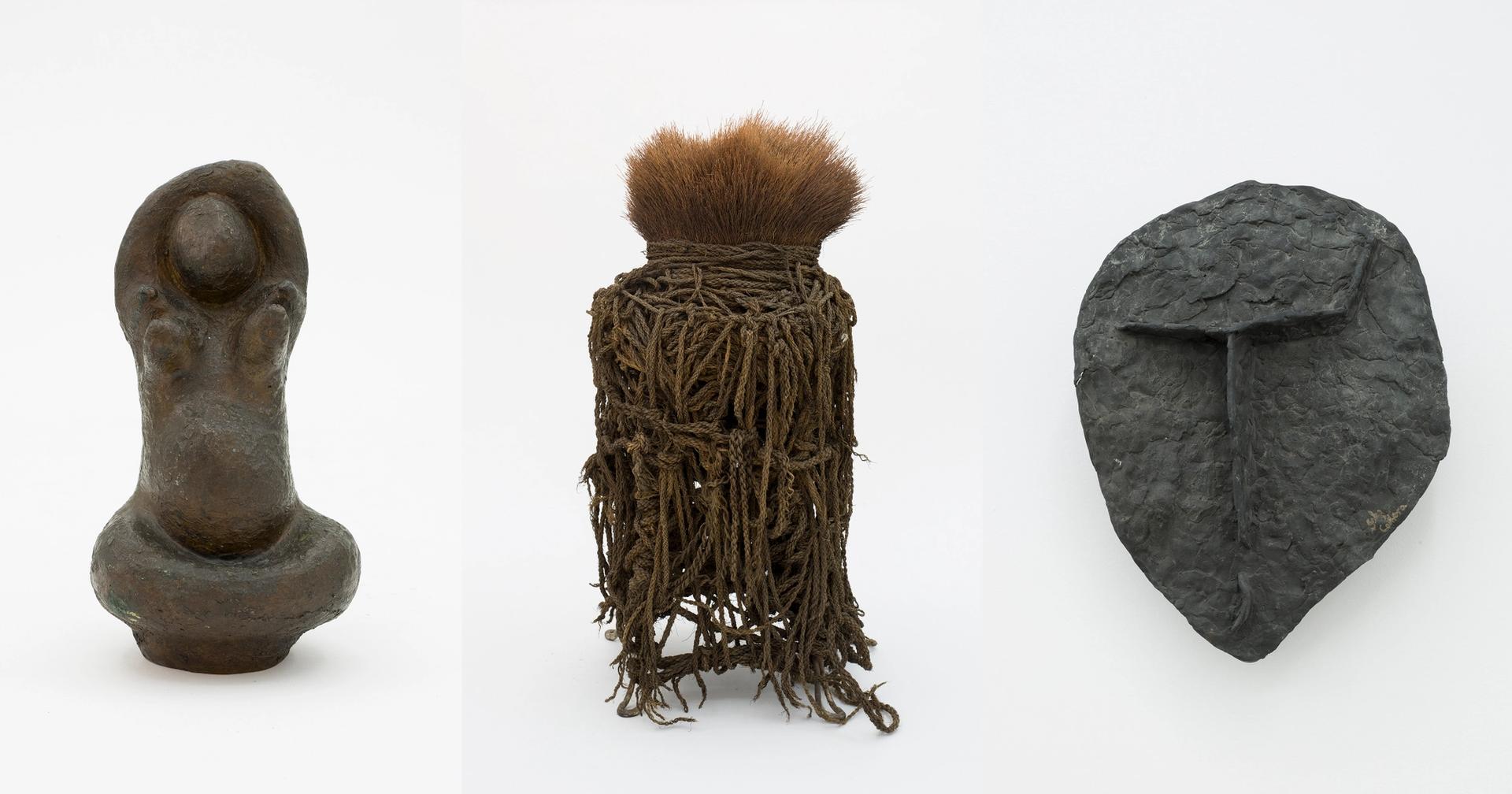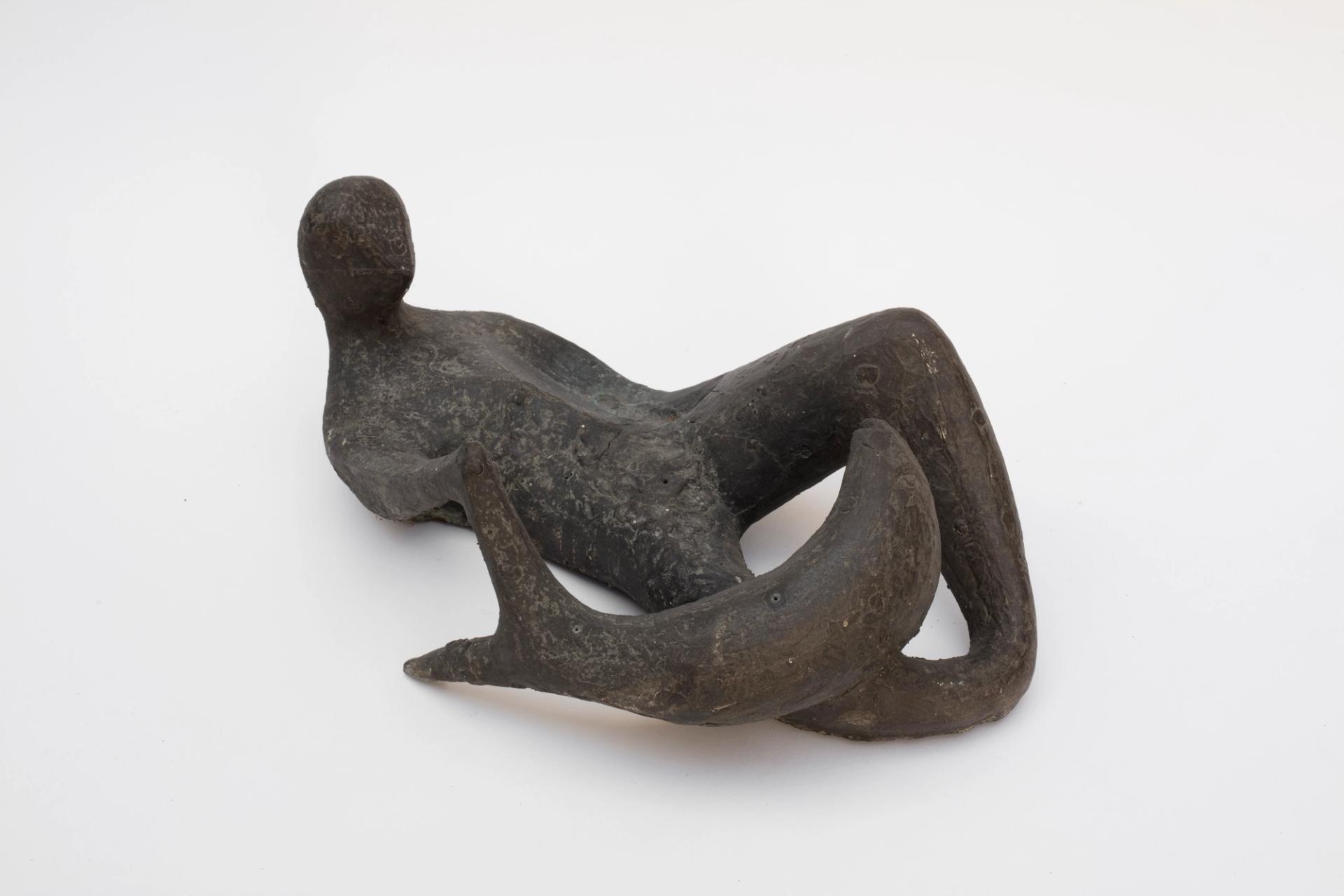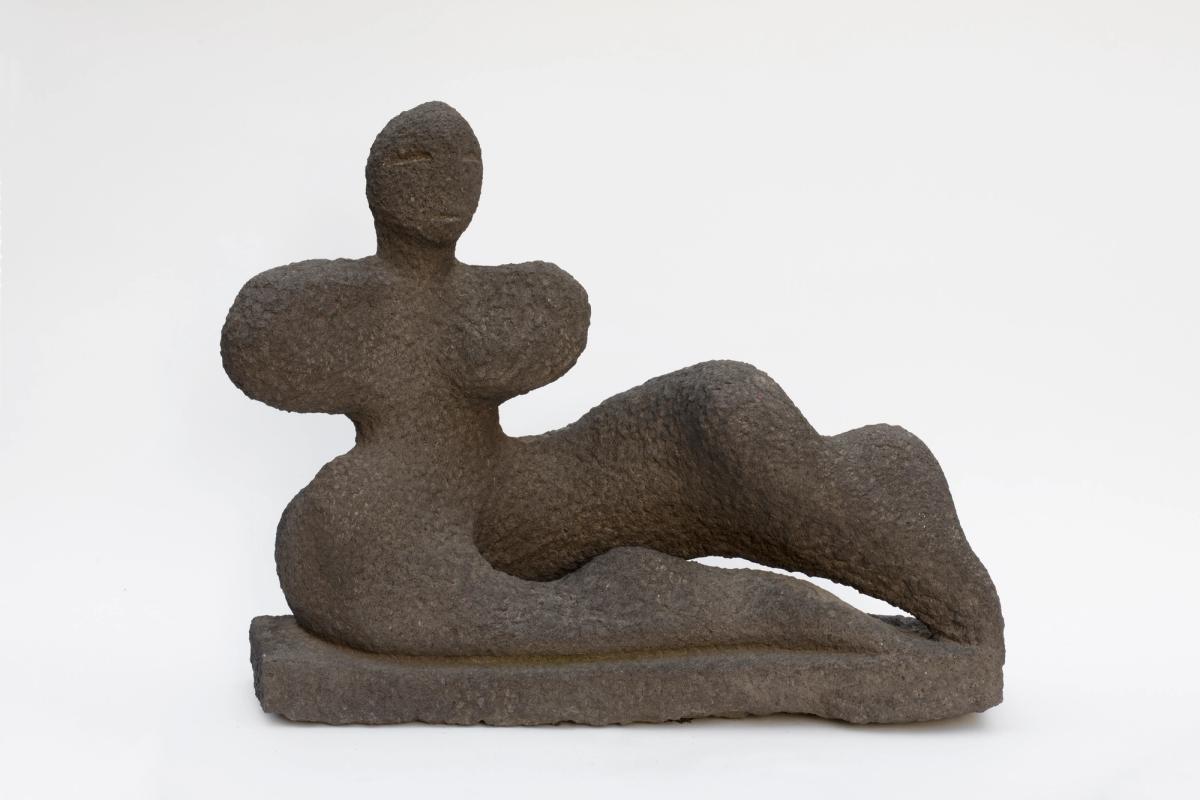An exhibition at the Americas Society in New York aims to reinstitute the prolific Mexican sculptor Geles Cabrera, an artist who created rhythmic studies of the human form for more than six decades but remains little-known outside of Mexico. The show partly recreates the museum Cabrera founded in the 1960s to showcase her work, comprising 50 compelling carved sculptures, some that could be likened to pre-Columbian phallic and fertility symbols and ceremonial objects.
Cabrera was born in 1926 and studied at the Academia Nacional de San Carlos and La Esmeralda. In her formative years, she was trained in drawing and painting and performed in an avant-garde dance company, an influence that would be evident as she shifted her focus to sculpture.
“There’s a lightness and movement in her work,” says the curator Rachel Remick, who co-curated the exhibition with Aimé Iglesias Lukin, the organisation’s chief curator and director of visual artists, and the curator Tie Jojima. “She’s attentive to posing and the shape of the body and visual cues related to gender and how that is expressed.”
The show begins with archival documentation of Cabrera’s career, from exhibition pamphlets to photographs ranging from her first solo exhibition in 1949 to her posing with the artist with Wilfredo Lam.

Geles Cabrera, from left: Pechos (Figure of Four Breasts) (1978), Sin título (Untitled) (1971) and Máscara (1970). Courtesy Americas Society.
Some of the most striking examples of works in the show are made with mediums like volcanic rock and bronze, and Cabrera’s artistic progression is marked by her use of materials. “The more figural works draw from her more academic and Classical training but are also apparent in the later abstract pieces she did between the 1960s and 1980s, when she began working with materials like plexiglass or metal or even natural fibers and papier-mâché,” Remick says.
In 1966, the artist founded the Museo Escultórico Geles Cabrera, a museum to showcase her work that was an extension of her home in the Coyoacán neighbourhood. The privately-funded museum remained open until 2006 and was a testament to Cabera’s pioneering contributions to Mexican sculpture.
“Although it was unusual for women to work in sculpture when she started, Cabrera did have a degree of professional success throughout her career,” Remick says. “But she also founded the museum to create a space outside of the structures of professional artistic success because she didn’t fit into boxes popular in Mexican art at the time, as a woman sculptor rather than a Muralist or painter, for example.”
Remick adds the museum had a community-minded spirit, and that Cabrera often held shows devoted to other artists. “The museum was free and open to the public and a means to invite her community to see art instead of allowing artists to watch their own art alone in their studios. The sculpture garden was made up of her pieces, but the museum itself manifested into a significant public art project.”

Geles Cabrera, Sin título (Untitled) (1959). Courtesy Americas Society.
The exhibition is the first show in the institution’s inaugural curatorial focus on overlooked women artists. “Americas Society has always been a platform for artists to show in New York who haven’t had shows in bigger institutions,” Remick says. “We’re focusing on people like Cabrera who have been understudied and just generally expanding scholarship on female voices in the arts.”
The Mexican artist Pedro Reyes, who loaned several works in the exhibition, organised the first museum survey devoted to Cabrera at the Museo Experimental el Eco in Mexico City in 2018. Cabrera is represented by Galería Agustina Ferreyra, based in Mexico City and San Juan, Puerto Rico, who partnered with the Mexico City-based gallery Kurimanzutto in 2020 to present an exhibition of her work alongside the Cuban artist Dalton Gata.
She is not currently included in any major American museum collections; her last US exhibition was in Washington, DC in 1956.
Geles Cabrera: Museo Escultórico, Americas Society, until 30 July 2022


